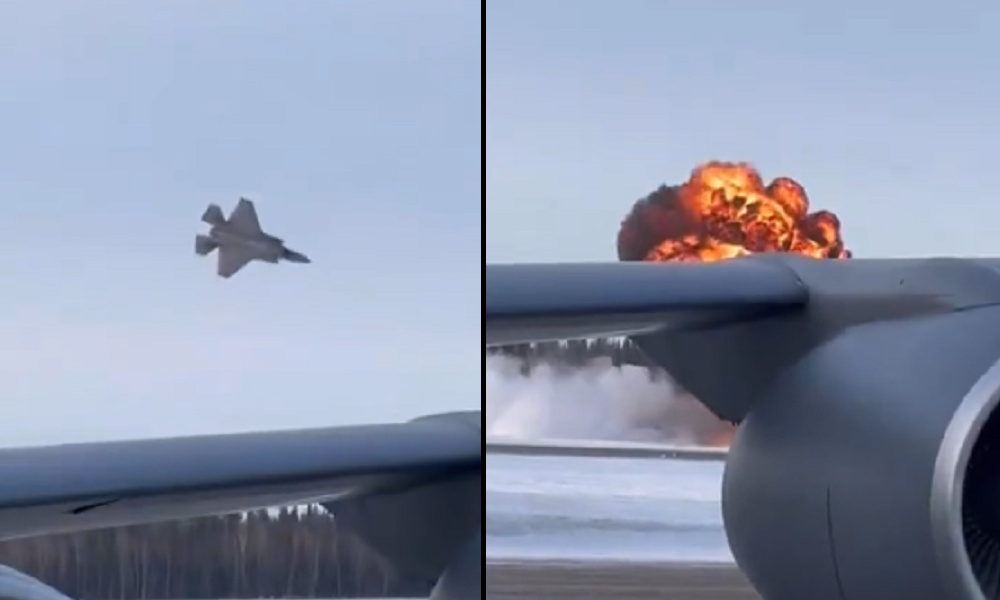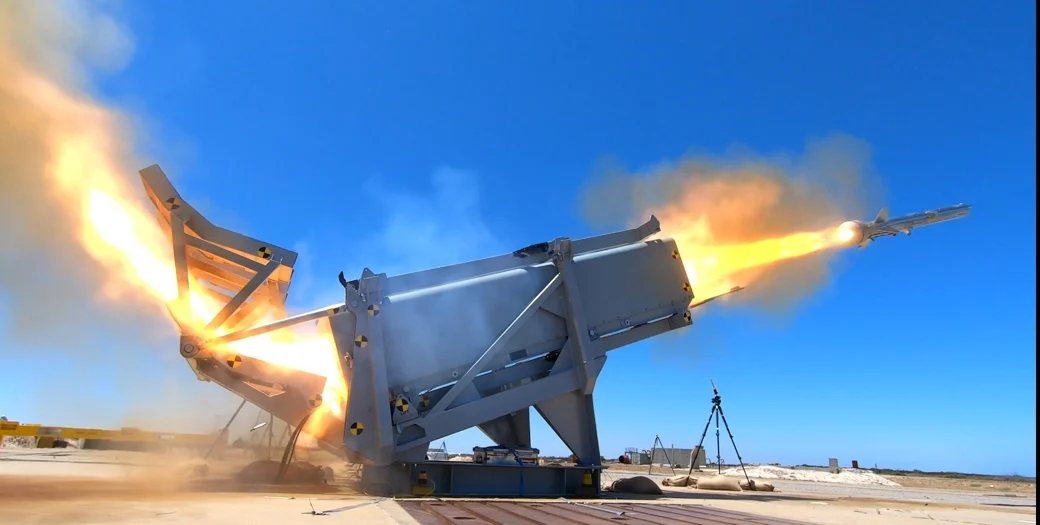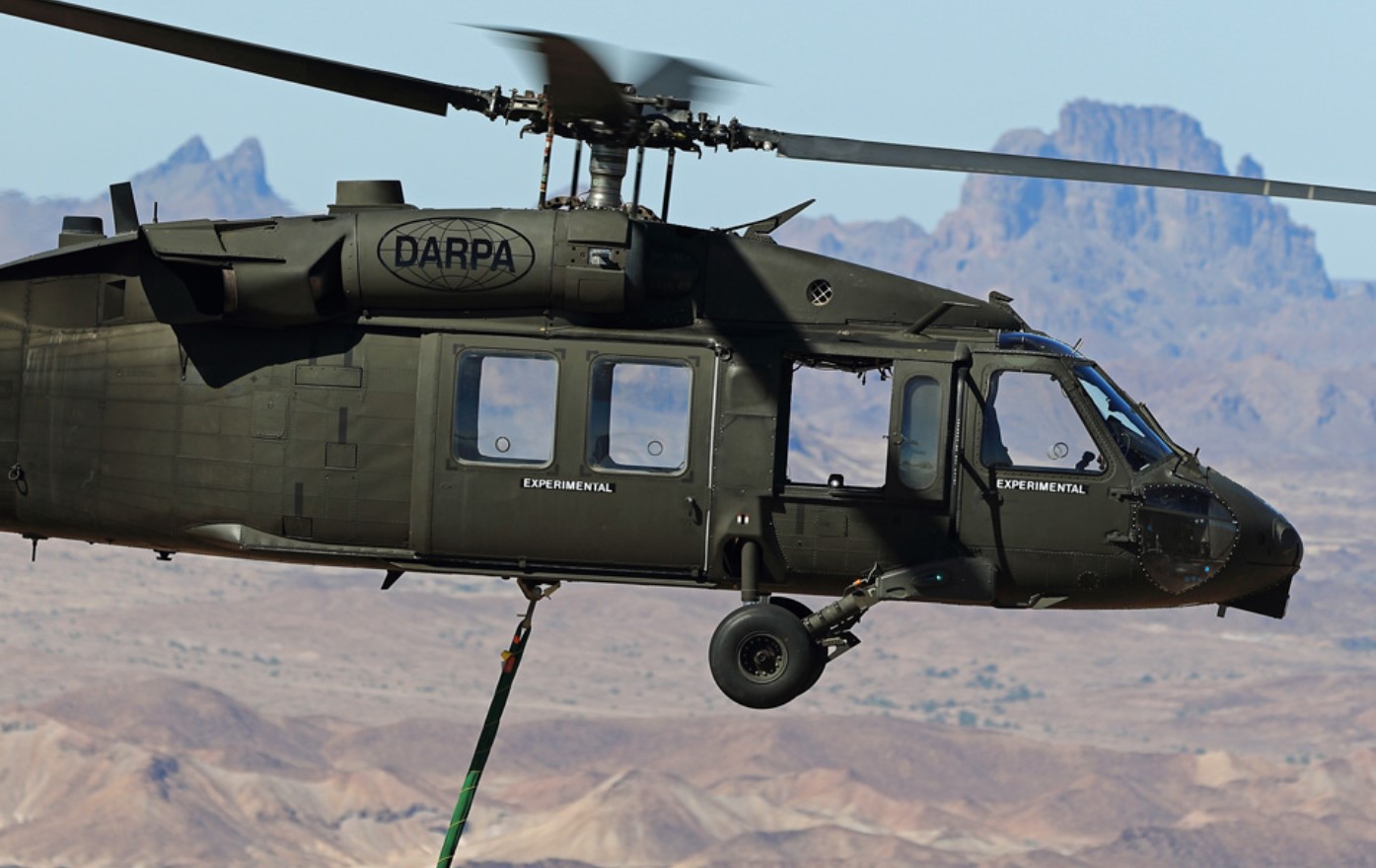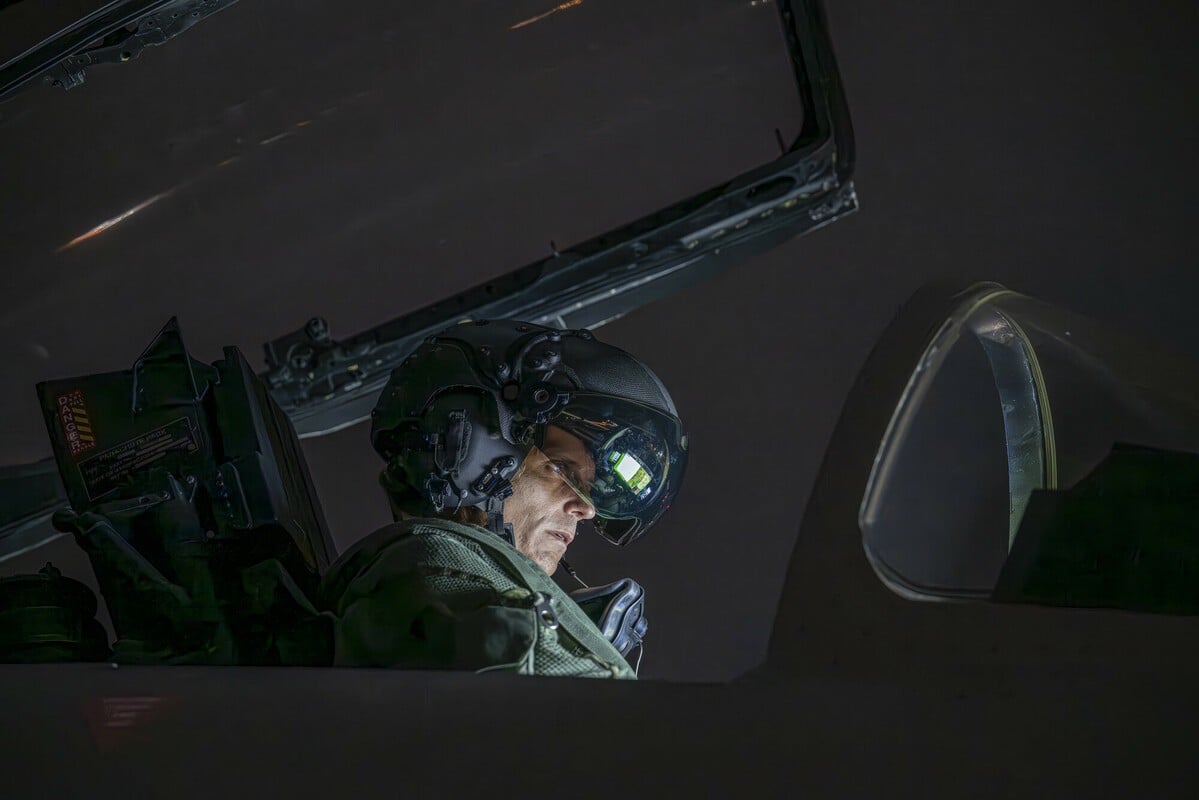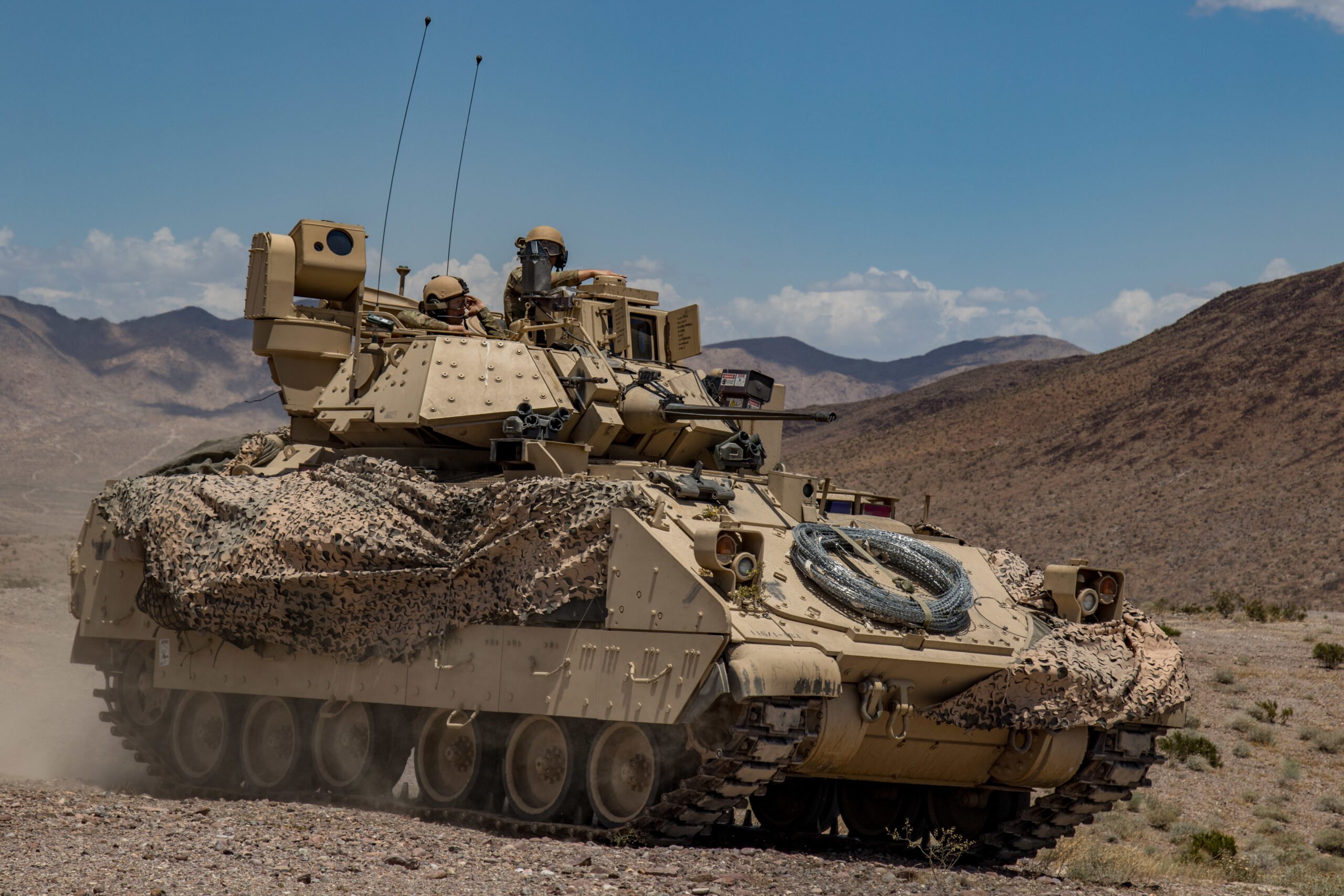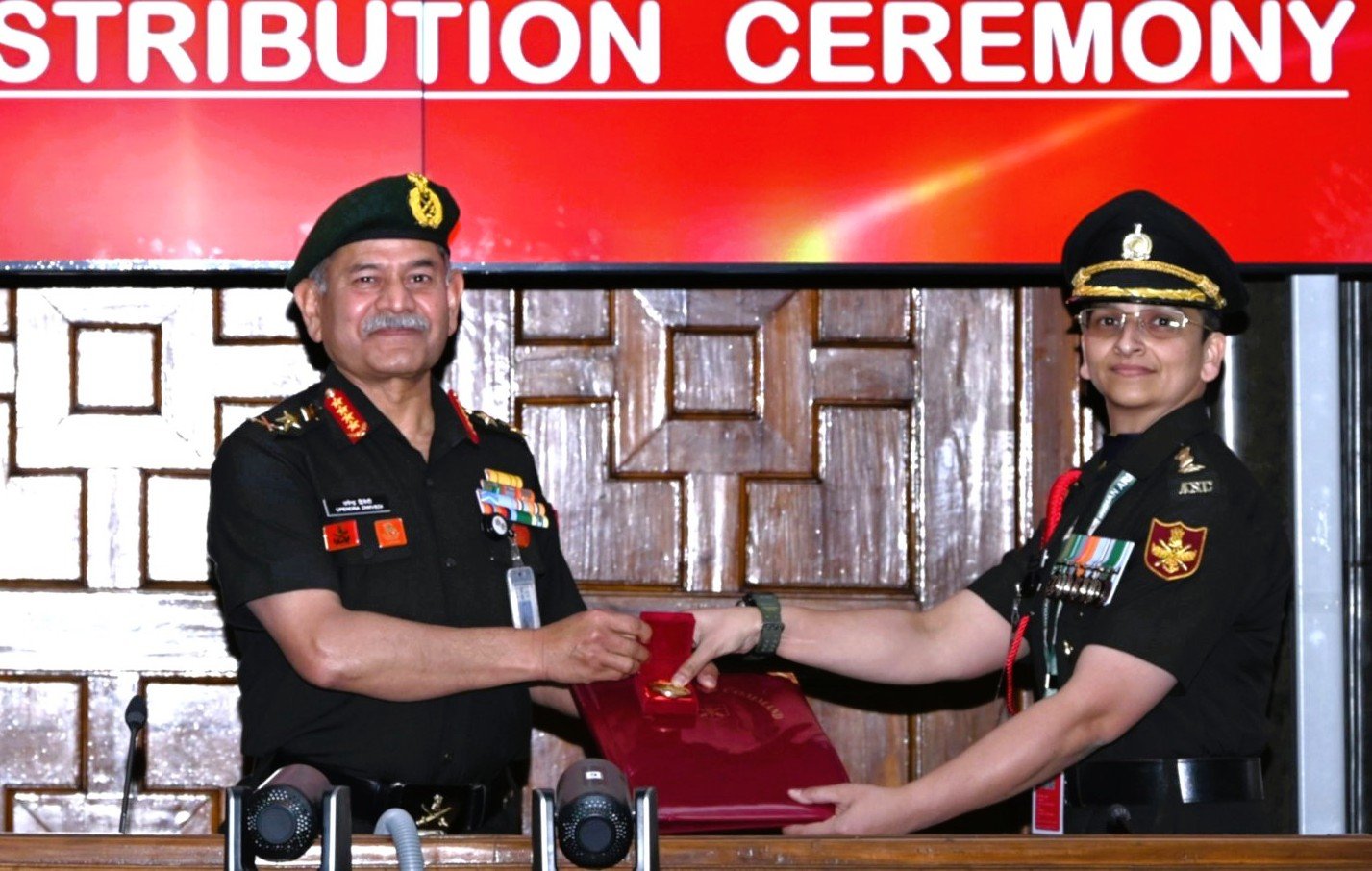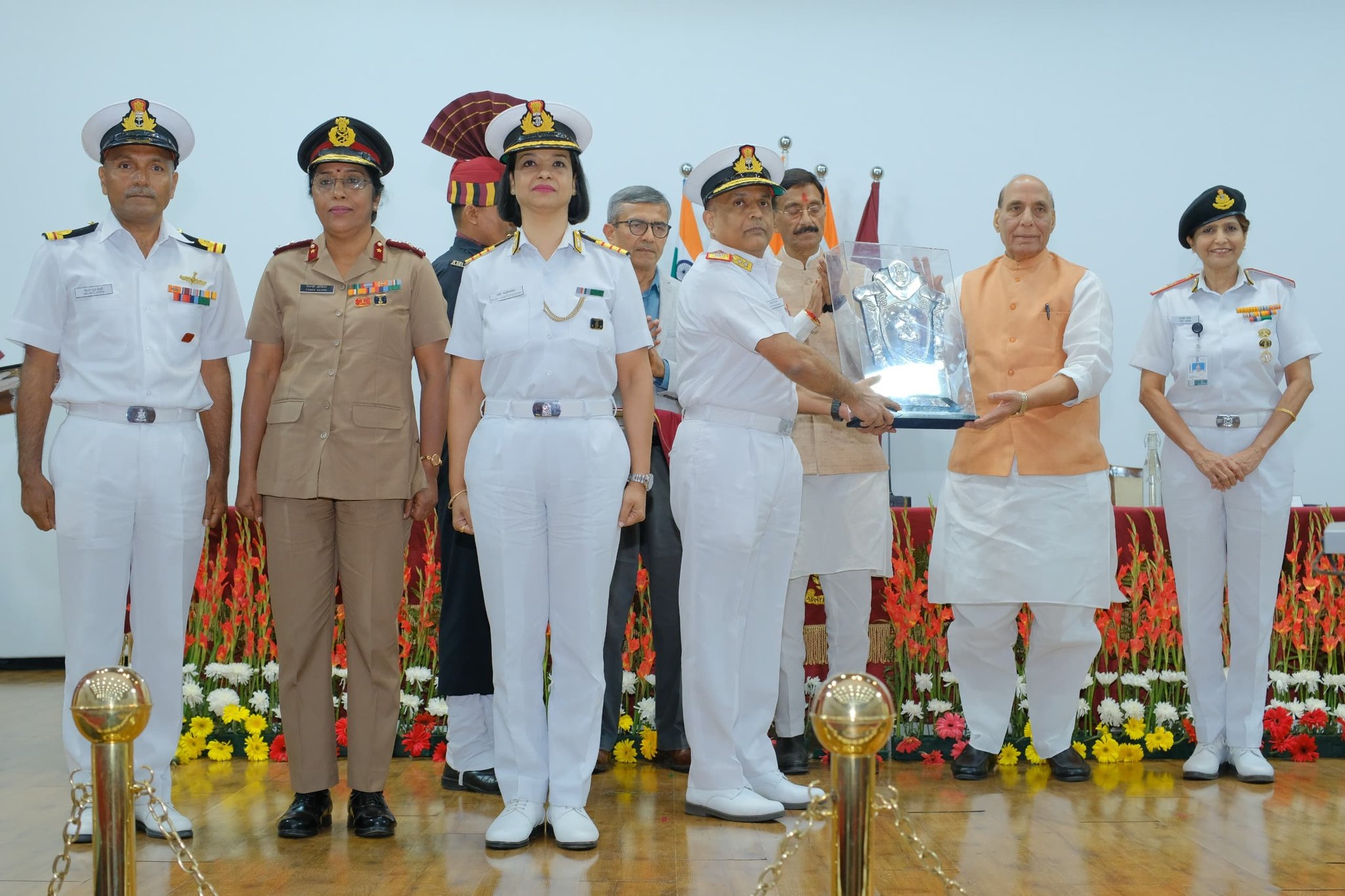Iran has made significant strides in its space exploration capabilities with the successful launch of the Simorgh carrier rocket, which deployed a domestically-developed space tug and two payloads into orbit. This mission marks a notable achievement for the Islamic Republic, as it carried its heaviest payload to date, lifting a total mass of 300 kilograms (661 pounds).
The primary objective of the mission was to test the performance of domestically produced systems and evaluate their capacity to support imaging missions and monitor the electromagnetic spectrum. This launch marks a milestone in Iran’s space endeavors, as it is the second successful multi-payload operation carried out this year, bringing the total number of satellites Iran has successfully placed into orbit to seven.
With this latest development, Iran joins a select group of nine nations globally that possess the capability to launch satellites using their domestically developed carrier rockets, as stated by Ahmad Hosseini Mounes, spokesperson for the Iranian Defense Ministry’s Space Division, during an announcement on state broadcaster Press TV.
The launch took place at the Imam Khomeini Space Center in Semnan Province, located in northern Iran. From this site, the Simorgh carrier rocket, along with the Saman-1 transfer module and the Fakhr-1 satellite, was successfully placed into low Earth orbit. The Simorgh rocket is a three-stage, liquid-fueled vehicle that stands at 27 meters (88.6 feet) tall, has a diameter of 2.5 meters (8.2 feet), and weighs 87 tons (78,925 kilograms). It is engineered for efficient satellite delivery, utilizing four powerful engines that can collectively generate up to 159,000 kilograms (350,535 pounds) of thrust.
The Saman-1 space tug plays a crucial role as an orbital transfer vehicle, designed to maneuver satellites from lower Earth orbits to higher operational orbits. Meanwhile, the Fakhr-1 satellite is equipped with essential subsystems, including a central computer, power and energy management, radio communications, positioning and navigation, and attitude control. Post-separation from the carrier rocket and Saman-1, the Fakhr-1 successfully transmitted telemetry data from its onboard systems and sensors, while also executing commands received from ground stations in Iran.
In the geopolitical context, Iran is striving to maintain its regional influence and deterrence strategy amid rising tensions. Recently, Tehran revealed plans for a dramatic increase in its defense budget, projecting a 200 percent boost in funding. The nation, boasting one of the largest military forces in the Middle East, has substantially expanded its local military production as a reaction to international sanctions that restrict the export of goods and services to Iran. These sanctions not only affect defense capabilities but also have repercussions across various sectors, including medical supplies, e-commerce, and banking transactions, posing significant challenges for the Iranian economy.



